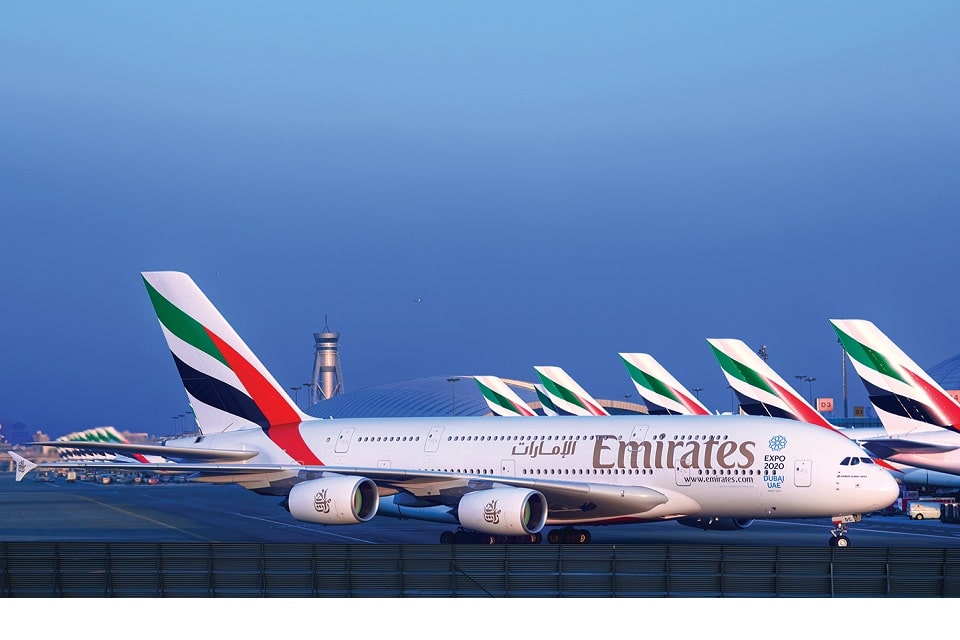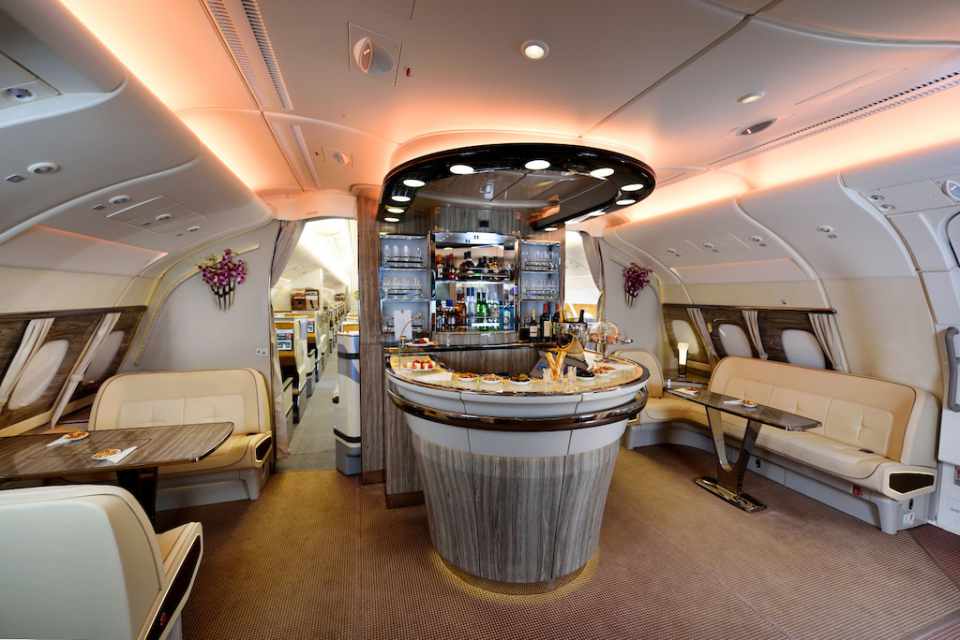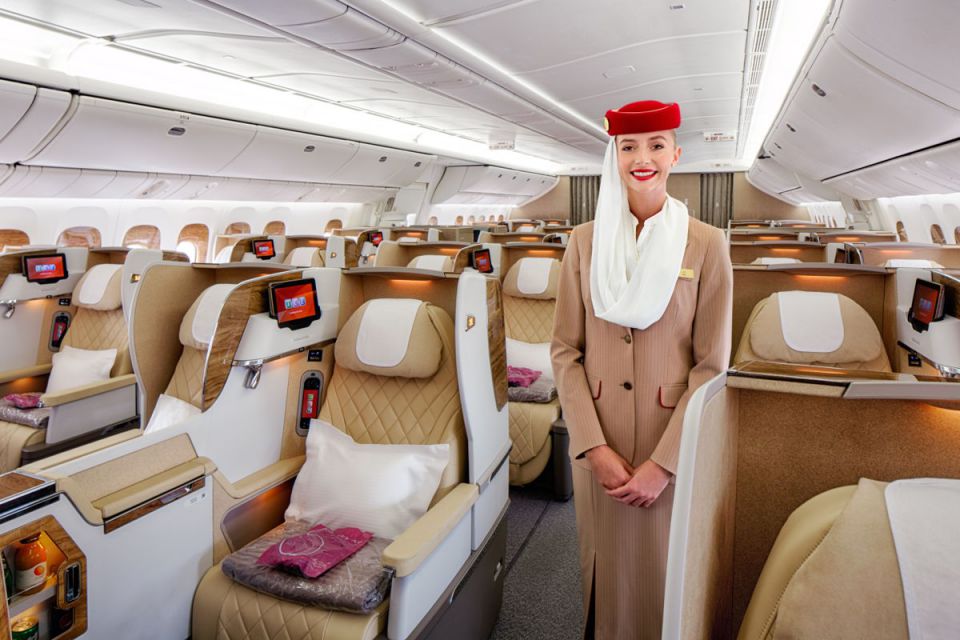Aerospace
Emirates is unhappy after abruptly cancelling a flight at LHR airport.

constantly and collectively to protect our flight operations and ensure minimal customer disturbance, especially during high travel months
It is consequently deeply sad that LHR offered us 36 hours to comply with capacity cuts last evening, a figure that appears to have been snatched from thin air. Their letters not only specified which planes we should reject paying customers, but also threatened legal action if we did not comply.
These requests are completely ridiculous and unacceptable, and we reject them.
Our ground handling and catering operations at London Heathrow Airport (LHR) are managed by dnata. Emirates Group – are well prepared and competent of handling our flights. As a result, the crux of the problem is with the airport operator’s central services and systems.
Emirates is an important and consistent operator at LHR, having reintroduced six daily A380 flights beginning in October 2021. Our operating requirements cannot be a surprise to the airport after 10 months of consistently high seat loads.
They now want to force Emirates to reject tickets to tens of thousands of passengers who have paid for and booked months in advance their long-awaited package holidays or flights to see their loved ones. And this at the peak season with the forthcoming UK holidays, when many people are keen to travel following two years of pandemic restrictions.
Emirates is committed to doing the right thing for our customers. However, with all flights running full for the next few weeks, including at other London airports and on other airlines, re-booking the large number of possibly impacted passengers is unfeasible. To complicate matters further, 70% of our LHR customers are travelling beyond Dubai to see loved ones in far-flung destinations, and it will be tough to locate them new onward connections at short notice.
It is also unrealistic to move some of our passenger operations to other UK airports at such short notice. It is not as straightforward as locating a parking spot at a mall to ensure ground readiness for a widebody long-haul aircraft with 500 passengers on board.
The final truth is that the LHR management team is unconcerned about travellers and airline customers. All of the signs pointed to a robust travel comeback, and Emirates has been loud about it for months. We planned ahead of time to be ready to service customers and meet travel demand, including rehiring and training 1,000 A380 pilots in the previous year.
LHR decided not to act, plan, or invest. Faced with a “airmageddon” situation as a result of government incompetence and inaction, they are shifting the entire weight – of costs and the hurry to sort out the issue – to airlines and passengers.
The decisions of the London Heathrow management team should be scrutinised by the airport’s shareholders.
Given the enormous value that the aviation community generates for the UK economy and communities, we applaud the action taken by the UK Department for Transport and Civil Aviation Authority to request information from LHR on their response plans, system resilience, and the seemingly arbitrary cap of 100,000 daily passengers. Given that LHR handled 80.9 million passengers in 2019, or a daily average of 219,000, the cap represents a more than 50% reduction at a time when LHR claims to have 70% of ground handling resources in place.
Emirates intends to continue operating to and from LHR as usual till further notice.

Aerospace
When Ratan Tata was denied entry to the airfield at the Aero India show, he waited

During our visit to Aero India 2019, we had the unexpected opportunity to see Ratan Tata at the event, which was a thrilling moment for us. However, there was a surprising hiccup when the security staff didn’t allow him to enter due to a lack of a security pass.
Despite this, he remained calm and patiently waited for about 20 minutes until a member of the Tata team brought him the required pass, after which he calmly proceeded inside. It was a humbling sight, showcasing his composed demeanor even in such situations.
Ratan Tata ji is not only a renowned industrialist but also a trained pilot, holding a pilot’s license. In 2007, he became the first Indian civilian to fly the F-16 Falcon during the Aero India show in Bangalore—a proud moment for the nation.
His passion for aviation extended beyond flying, as he played a key role in shaping India’s aerospace industry. Under his leadership, Tata ventured into manufacturing and maintaining aerospace components while upholding its legacy of quality. Notably, Tata’s collaboration with Airbus to develop and manufacture the C295 aircraft is a testament to its growing influence in the sector.
-

 Aviation2 months ago
Aviation2 months agoMicrosoft Flight Simulator Raises $3 Million to Bring Back the An-225 Mriya
-

 Airlines2 months ago
Airlines2 months agoQatar Citizens Can Travel to the United States Without a Visa
-

 Aviation2 months ago
Aviation2 months agoQatar Airways bans these new Electronic Devices on plane
-

 Airlines2 months ago
Airlines2 months agoJapan Airlines Rolls Out Free Domestic Flights to International Passengers
-

 Defence2 months ago
Defence2 months agoWhich Country Has the Largest Fleet of Fighter Aircraft?
-

 Travel2 months ago
Travel2 months agoQatar Airways Launches Four Additional Flights from Amsterdam
-

 Airport2 months ago
Airport2 months agoWestern Sydney Airport Welcomes Its First Plane After 6 Years of construction
-

 Airlines4 days ago
Airlines4 days agoDAMAC Air: Dubai’s New Luxury Airline Offers Free Flights for Registration










